Explore the storied past of the National Dress with a glimpse into the anticipated evolution of the terno in 2024
When one thinks of Filipino attire, they often imagine its traditional look—stagnant from Spanish influences through colonialism. The terno, viewed through this somber lens, appears as a relic, shackled by outdated norms that craves innovation. Its silhouette, though dignified, appears as an echo, as if reluctant to part ways with the ghosts of this injustice. Several government administrations have passed; where is it today and where can it go now, especially in the new year?
RELATED: MEGA Predicts These Trends Will Take Over in 2024
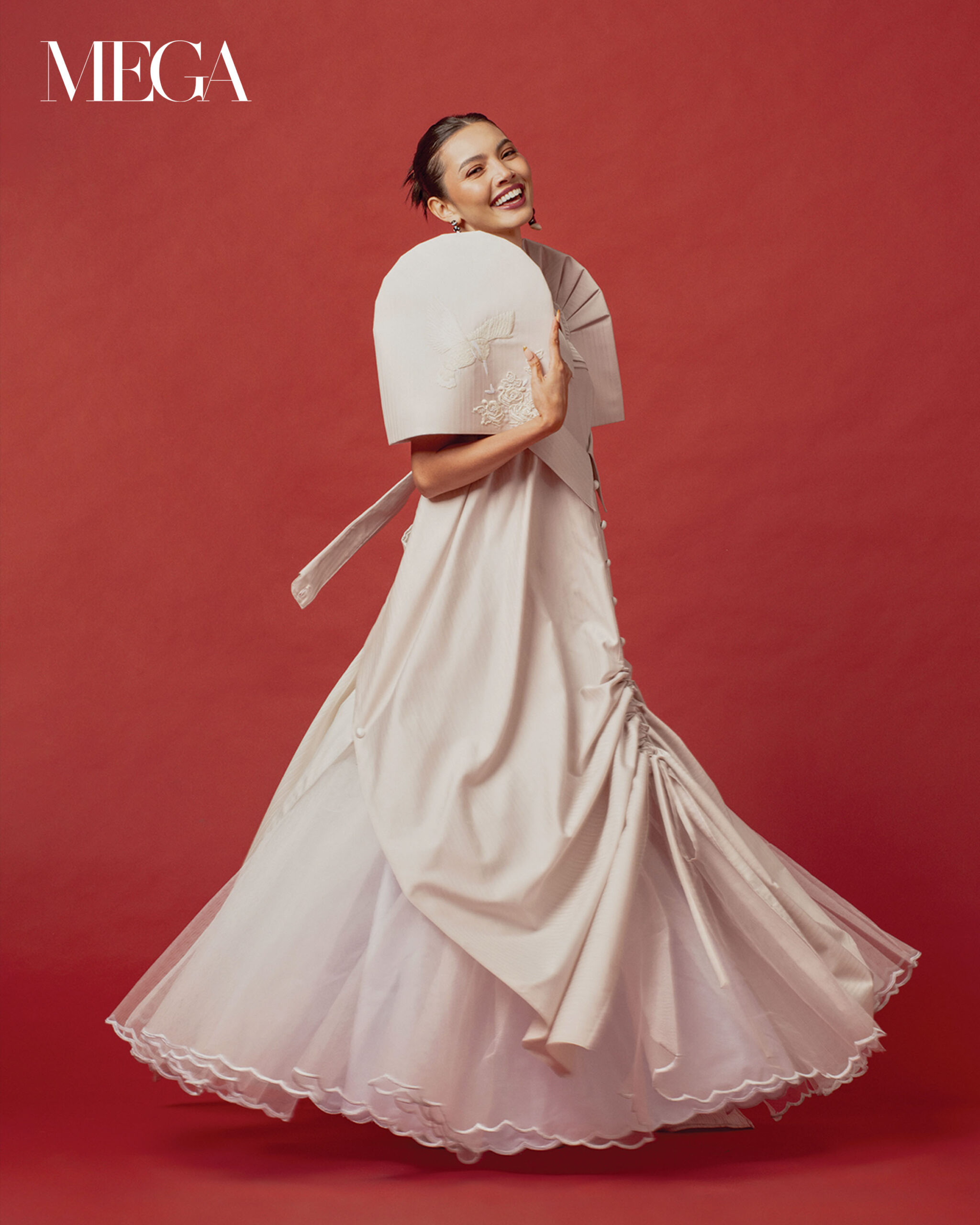
Indeed, evolution is here. Since the pandemic, it’s been like a breath of fresh air—literally and figuratively. It has allowed the terno to shed the weight of colonial influences and emerge as vibrant expressions of genuine Filipino identity by new and established designers who are taking back our own identity in their varied ways.
The heritage to haute couture of the terno
The terno, on the other hand, evolved from the baro’t saya, a camisa bodice and tapis skirt. It was further changed in several ways and called differently, such as the Balintawak, the Maria Clara, and the Traje de Mestiza. It has always been rooted in colonial influences, raising discussions about cultural appropriation and the legacy of colonialism. Some view it as a symbol of heritage, while others see it as a reminder of a complex history. The question of whether the terno is problematic depends on perspectives and ongoing conversations about cultural identity and representation.
In recent decades, Filipino designers have further innovated the terno, experimenting with fabrics, cuts, and embellishments while maintaining its distinctive butterfly sleeves.
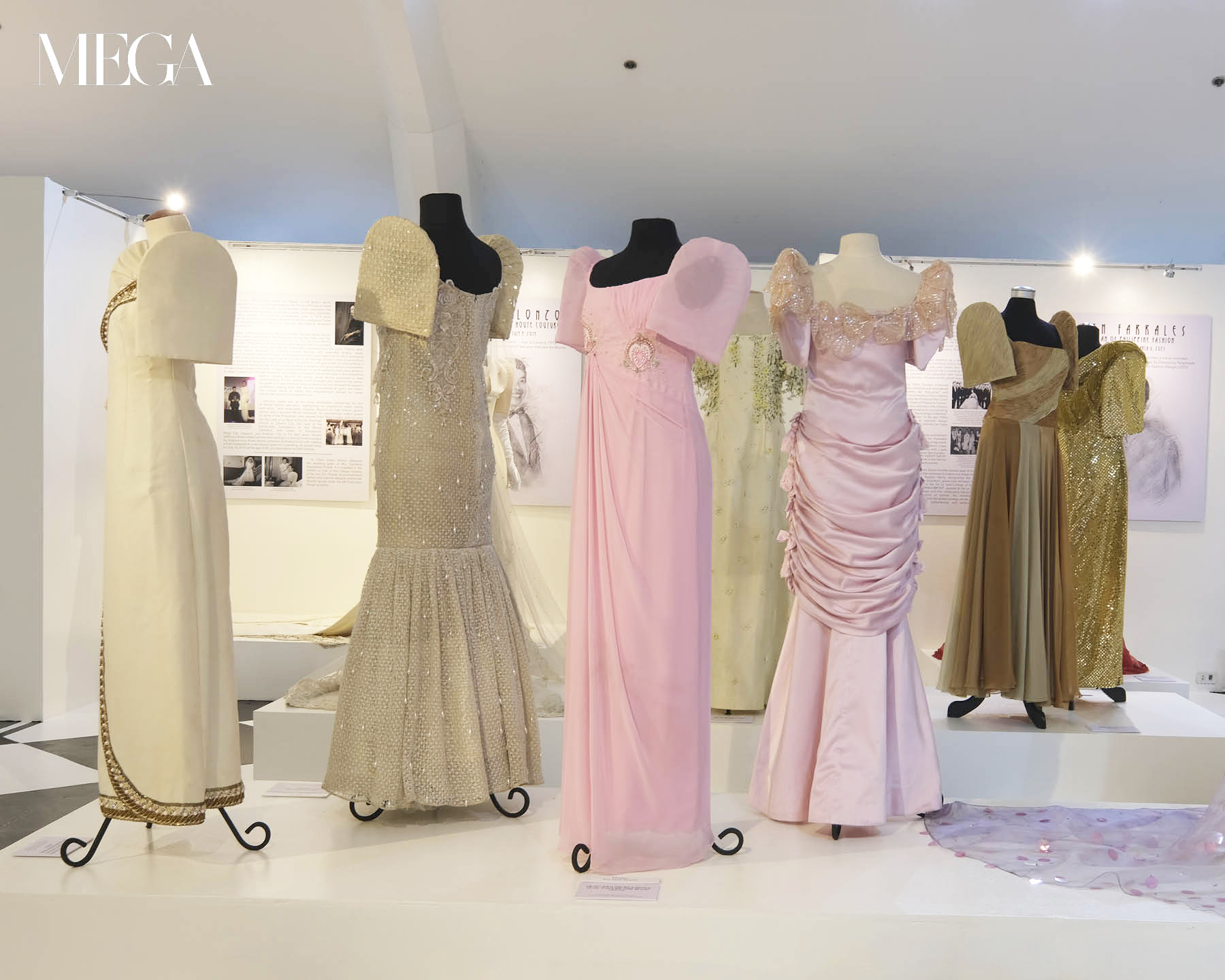
Mid-century designers such as Ben Farrales, Pitoy Moreno, Ramón Valera, and Auro Alonzo embodied a progressive spirit that reshaped the Filipina dress. Initially rooted in tradition, their designs evolved into contemporary works of art, reminiscent of a past that once appeared devoid of liberation.
RELATED: The Timeless Terno Transcends Tradition at An Exhibit in Benilde
A joint project between the Cultural Center of the Philippines (CCP) and Bench, TernoCon aims to revive Filipino interest with the National Dress. Contemporary designers Yssa Inumerable, Glyn Alley Magtibay, and Dee Javier explores diverse fabrics beyond the traditional materials, incorporating silk, satin, lace, and even unconventional materials to add texture and variety to the terno. Its silhouette, while maintaining the iconic butterfly sleeves, has explored variations in the bodice and skirt, creating styles that cater to contemporary tastes.
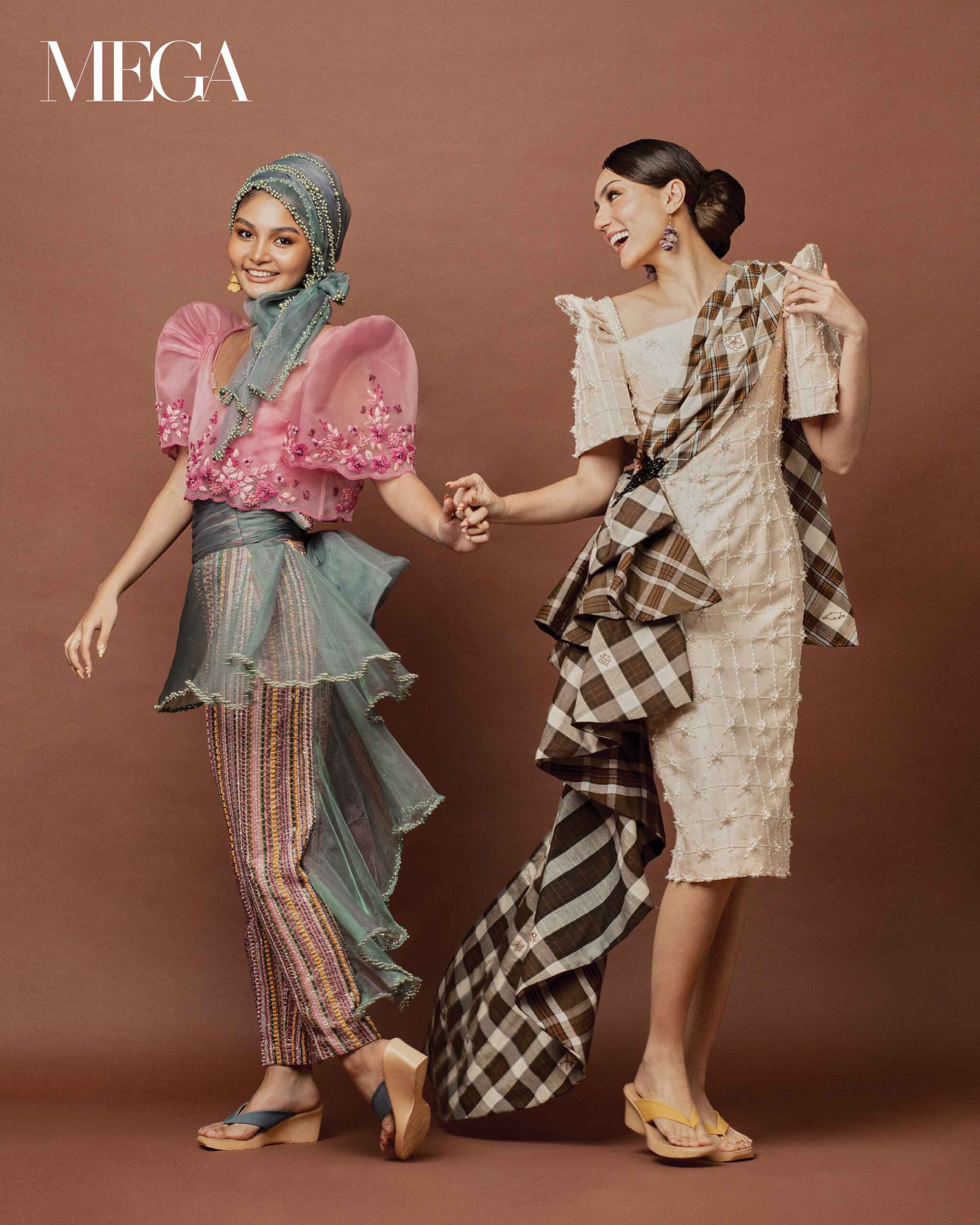
Designers Rajo Laurel, Michael Leyva, Joey Samson, and Lesley Mobo also added intricate embellishments, such as beadwork, embroidery, and appliqué, which have been introduced to enhance the visual appeal of the terno. They’ve expanded the traditional color palette, incorporating a wide range of hues and tones to suit different occasions and preferences. This departure from the traditional white or pastel tones adds vibrancy to modern interpretations, making it our own distinct identity, to cover up our colorful past with more color.
RELATED: Bench Showcases Filipino Tradition at Rakuten Fashion Week
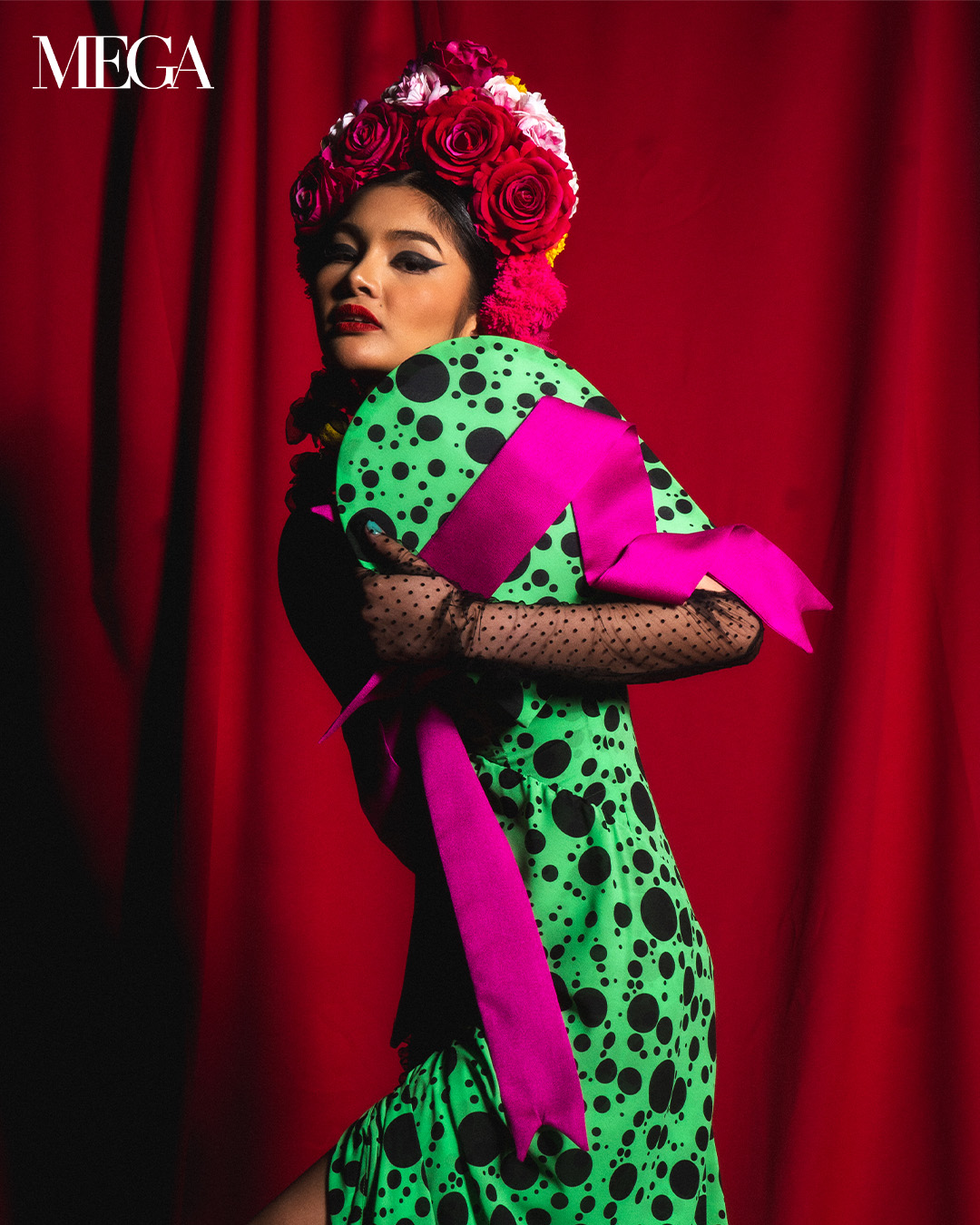
The modern terno continues to be a blend of tradition and contemporary fashion, embodying the cultural heritage of the Philippines with luxury and sophistication.
Changes and adaptation
The changes in Filipino attire, including the evolution of the terno from the baro’t saya, were influenced by the imposition of Spanish colonial rule. The colonial period saw the introduction of European styles and customs, and there were instances where Filipinos were pressured and forced to conform to certain standards set by the colonizers.
While the transformation of clothing was not uniform across all regions and communities, the overarching influence of Spanish culture did shape the trajectory of historical Filipino fashion. The shift from traditional materials and styles to the adoption of European-influenced garments reflects a complex interplay of cultural dynamics under the influence of colonial forces.
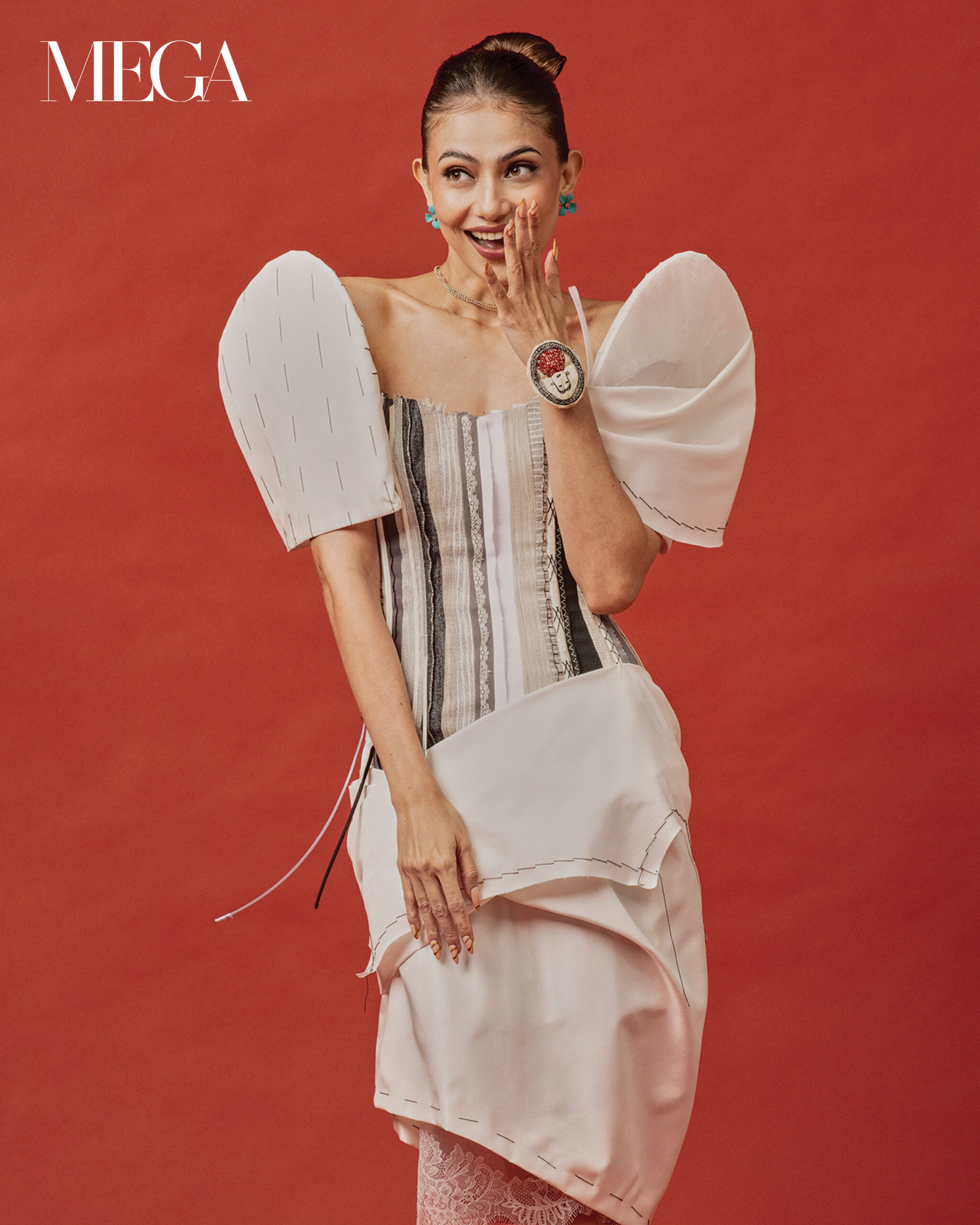
Philippine fashion has constantly shape-shifted and adapted to its reflection, going from traditional to modern, like a river that keeps moving and changing its course. It blends the cultural norms of each period with the classic styles people have worn for centuries, always minding each era’s influencing steps. The shapes of the traditional garments from the past still stick around today, reminding us of its storied history and leaving us wondering what it could have been if we had our own identity.
Towards the future
There’s always a chance for these garments to break free from the chains of history, allowing a fresh breeze of innovation to rustle through their fabric. The terno has become more vibrant. It’s essential to recognize that fashion evolution is highly dynamic and influenced by a multitude of factors. The terno’s evolution in 2024 will likely be shaped by a combination of cultural, social, technological, and environmental considerations.

Firstly, a notable direction may involve a shift towards sustainable materials and practices. Designers could increasingly focus on eco-friendly options, aligning with the global movement toward environmentally conscious fashion. Technological integration is another avenue for evolution. Incorporating smart textiles or technology-driven elements could add a modern touch to the traditional silhouette, providing functionalities such as interactive lighting or temperature regulation.
Furthermore, the terno may continue to experience a trend of cultural fusion. Designers might explore cross-cultural influences, blending traditional Filipino elements with global aesthetics to create unique and eclectic designs that resonate with a diverse audience. Gender-inclusive designs could also become more prominent. Designers may experiment with breaking away from traditional gender norms in fashion, offering terno designs that are more inclusive and versatile.
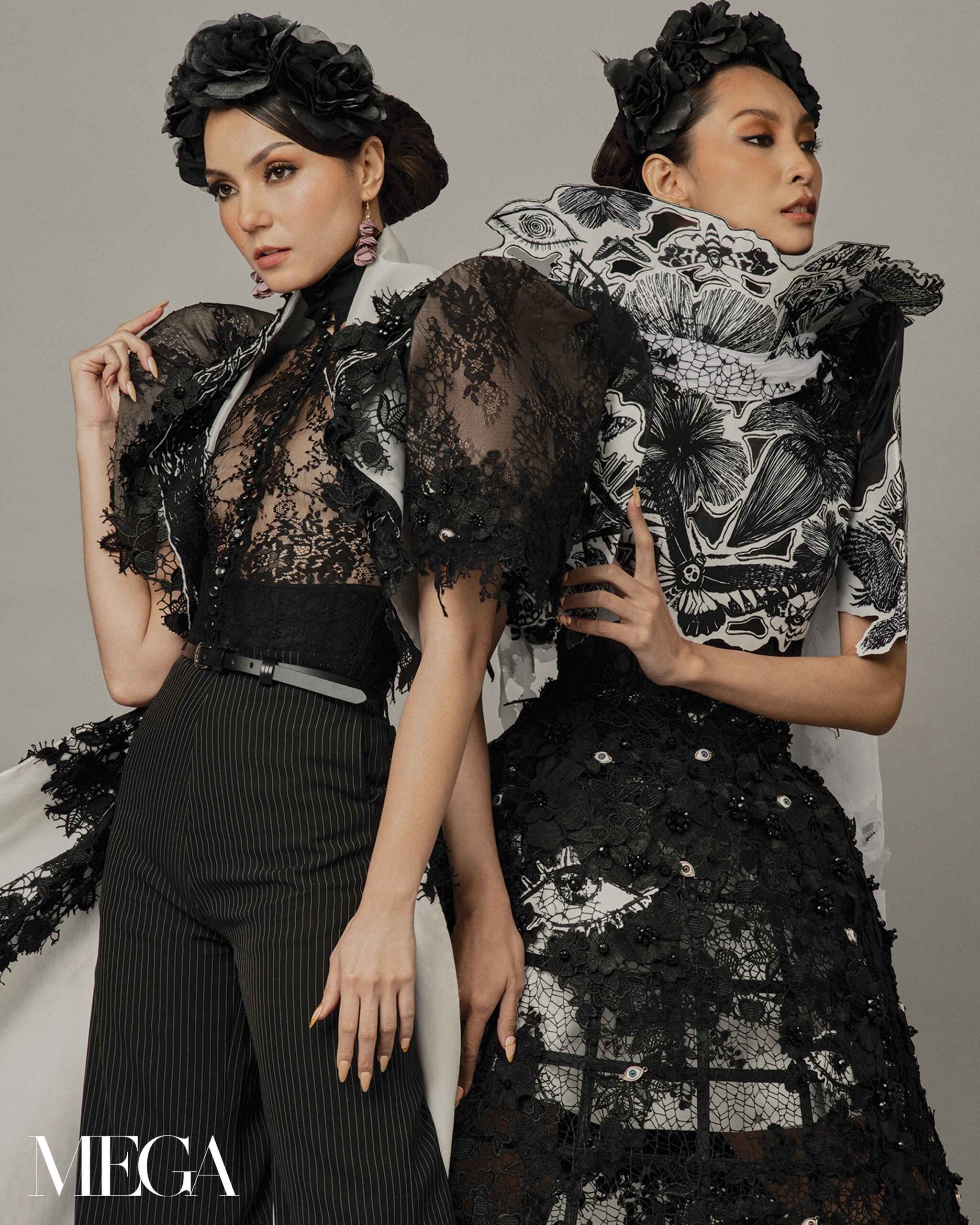
Amidst these varieties, the terno’s charm persists. Its world-class appeal, rooted in simplicity, possesses a timelessness that resonates. Wearing the National Dress necessitates a specific attitude—one marked by pride and profound love for one’s country. These garments transcend their material form, becoming symbols of national identity and cultural fortitude. They are the resilience of the Filipino spirit, further adapting and changing, looking more and more like ourselves.
Featured Image: MEGA ARCHIVES
The post MEGA Fashion Forecast: This is How the Terno Will Look Like in 2024 appeared first on MEGA.
MEGA Fashion Forecast: This is How the Terno Will Look Like in 2024
Source: Insta News Pinoy

0 Comments